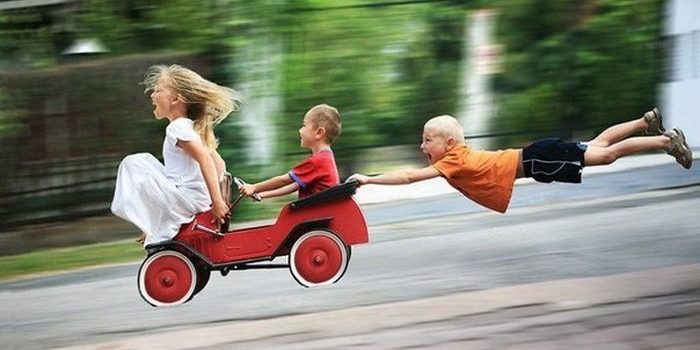 Anyone concerned with children, child protection, and the arguments for or against aggressive state policies should take the time to read this two part series in the Atlantic Journal Magazine this month.
Anyone concerned with children, child protection, and the arguments for or against aggressive state policies should take the time to read this two part series in the Atlantic Journal Magazine this month.
What follows are key pieces that I find a very compelling case for all of us to tell our stories (over and over) and work to improve the programs, support, training, and institutions that impact at risk children. My comments are in italics.
Please add your thoughts in the comment section below.
Key Quotes from the Journal;”
Both my parents were physically abusive, and my father was sexually abusive as well (I later found out he also sexually abused my older half-sister, who moved away when I was two). The first time I made an outcry to an adult about my abuse, I was 4. CPS was called, they made a visit, nothing happened. Over the next several years, CPS was called several more times: a doctor who noted that a pelvic infection in an 8-year-old was not right; a teacher who observed bruises and erratic behavior. When I was 14, I called them myself because my father choked me until I passed out and I was frightened he would kill me. Sometimes they sent someone to look into it, sometimes not. I only found out about the other calls when I got to look at my file later on. Between ages 4 and 15, there were a total of 5 calls made to CPS on my behalf. Nothing was ever done. That’s 10 years of my life. I have fifty stories just like this as a volunteer CASA guardian ad-Litem – violence and or sexual abuse happened to almost every child in my caseload.
Do you know what 10 years looks like to a child who doesn’t know when or why she will be beaten next, just that it will likely be soon? To a child who, night after night, dreads her bedroom door opening? I could have, maybe (foster care is no picnic either) been safe all that time, if there really was the problem of over-aggressive CPS response that you describe. You know how I got out? A teacher helped me run away to a youth shelter. I had a great deal more support than the average child in foster care. Eventually, the state terminated my parent’s custodial rights. And here I am, alive, so many years later, with a family of my own. Grateful. Was everyone I encountered in CPS awesome? No. But as a whole, they saved my life. Very few of the children I worked with went on to lead happy lives.
You might blame me for not printing the counter argument to this perspective that was printed in the same magazine.
I am unable to do so, because after many years as a volunteer CASA guardian ad-Litem, I have never seen a case in the Hennepin County system (where I have worked) that was not over the top abuse, generally years of abuse, most of the time the kind of abuse that made my skin crawl (prostituted seven year old, suicidal four year old, sexually molested two year old, and much much more).
My whole being screams for more funding, fewer cases per worker, better training, and more resources for the children and people working with them. Those working to discredit the people doing the work have got it all wrong. Abused and neglected children need more, not less from we the people, we the community.
Working with abused and neglected children and dysfunctional families is complex and grueling and needs more not less understanding and support.
Blaming social workers when a baby is found in a dumpster is not so different for blaming teachers for failed schools.
Troubled students not only don’t learn, they disrupt and make teaching the rest of the class much more difficult.
This is not so different from blaming law enforcement for the boy in the squad car (admit it, that would be ridiculous – but the analogy works in both prior examples).
Support teachers, support social workers, support justice workers. It is very hard work inside of institutions with very bad governance (and that my friends, is our fault).
As an educated person that simply understands the value of productive citizens and the terrific cost of dysfunctional people have as social burdens on society, I am appalled at the conditions in states (Louisiana, Texas, South Carolina, Virginia, Alaska, and Mississippi) where there are few safeguards for at risk children.
There will never be enough prisons or safe places for the rest of us to avoid the crime and violence that untreated traumatized children bring with them as they grow into adulthood. For those who use religious arguments against government intervention as a safety net for these children, shame on you.
There is not a religion on the planet that abandons the weakest and most vulnerable among us.



